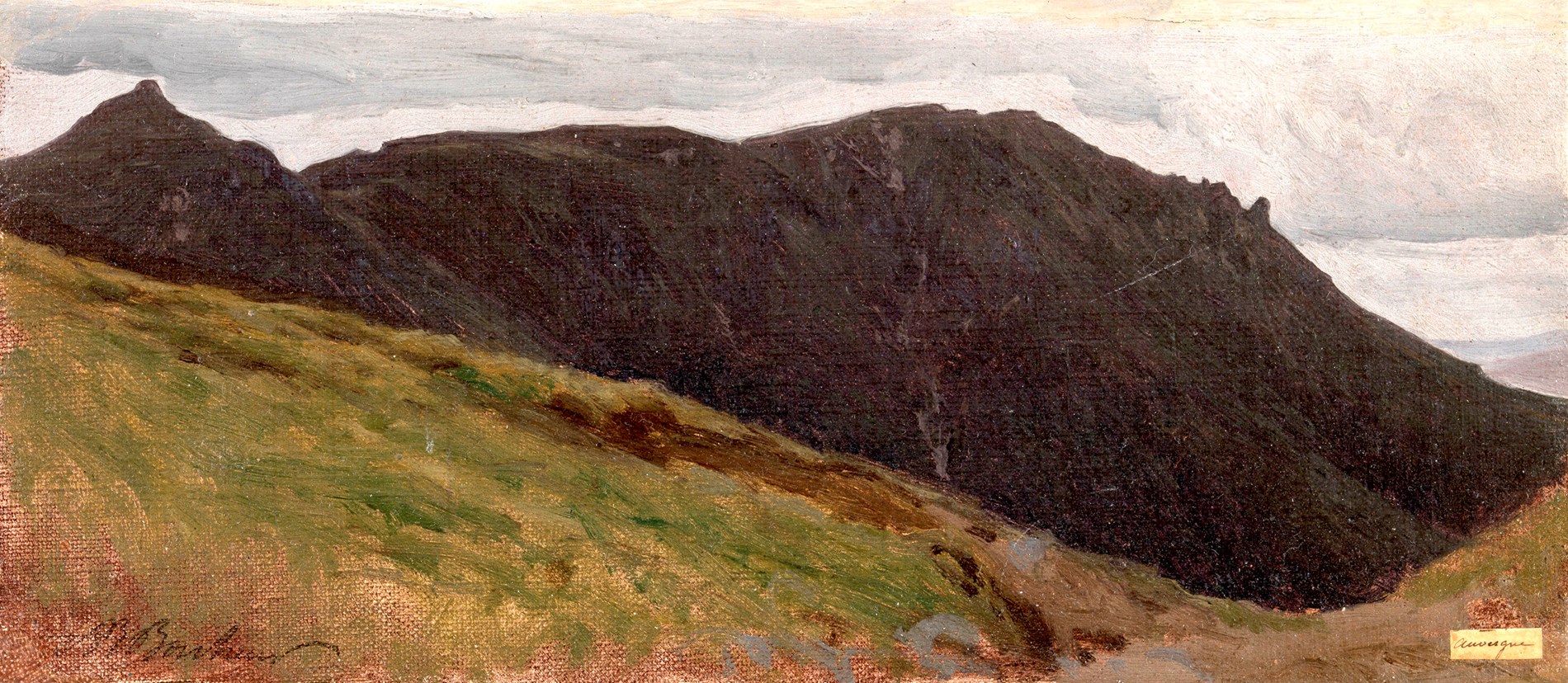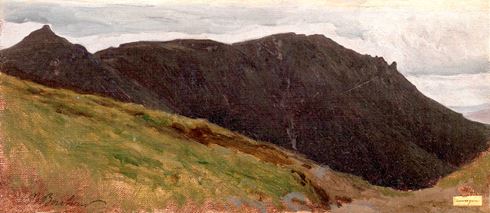
François-Auguste BONHEUR
Bordeaux 1824 - Bellevue-Meudon 1884
Biography
The younger brother of Rosa Bonheur, Auguste Bonheur was, in his day, as celebrated a painter of landscapes and animalier subjects as his sister. Like her, he was a pupil of his father Raymond, a landscape painter, before entering the Ecole des Beaux-Arts in 1848, where he studied with Paul Delaroche. (All of Auguste’s siblings were to become artists. Apart from Rosa, with whom he sometimes collaborated, his brother Isidore was both a painter and sculptor, while his other sister Juliette was a painter.) Auguste Bonheur made his debut at the Salon of 1845, and continued to exhibit there regularly, first as a portrait and genre painter and, by the early 1850’s, showing mainly landscapes. At the Salon of 1853 a landscape of the Auvergne was bought by the Duc de Morny, one of the most passionate collectors of the Second Empire. Six years later, in a review of the Salon of 1859, the critic Louis Auvray praised the artist’s work over that of his more famous elder sister, noting that ‘M. Auguste Bonheur, the brother of Rosa Bonheur, is a painter whose talent makes a success of [paintings of] animals and landscape. His colour is solid and bright at the same time; his brush is firmer, more daring than that of his sister.’
At the Salon of 1863 Bonheur’s painting of Le Ruisseau, souvenir de Auvergne won a first class medal, and by this time he had firmly established his reputation as a paysagiste. In 1865 Bonheur settled at Magny-les-Hameux in the départément of Seine-et-Oise, in the house of his friend and fellow Bordelais, the painter Jacques-Raymond Brascassat. Aided by the dealer Ernest Gambart, who was also active in promoting Rosa’s work, several of his paintings were sold to English collectors, and he also exhibited at the Royal Academy in London in 1857, 1873 and 1874, as well as in Leeds and Manchester. Today, paintings and oil sketches by Auguste Bonheur are in several French provincial museums as well as the Hermitage in St. Petersburg, the Brooklyn Museum, and elsewhere.


